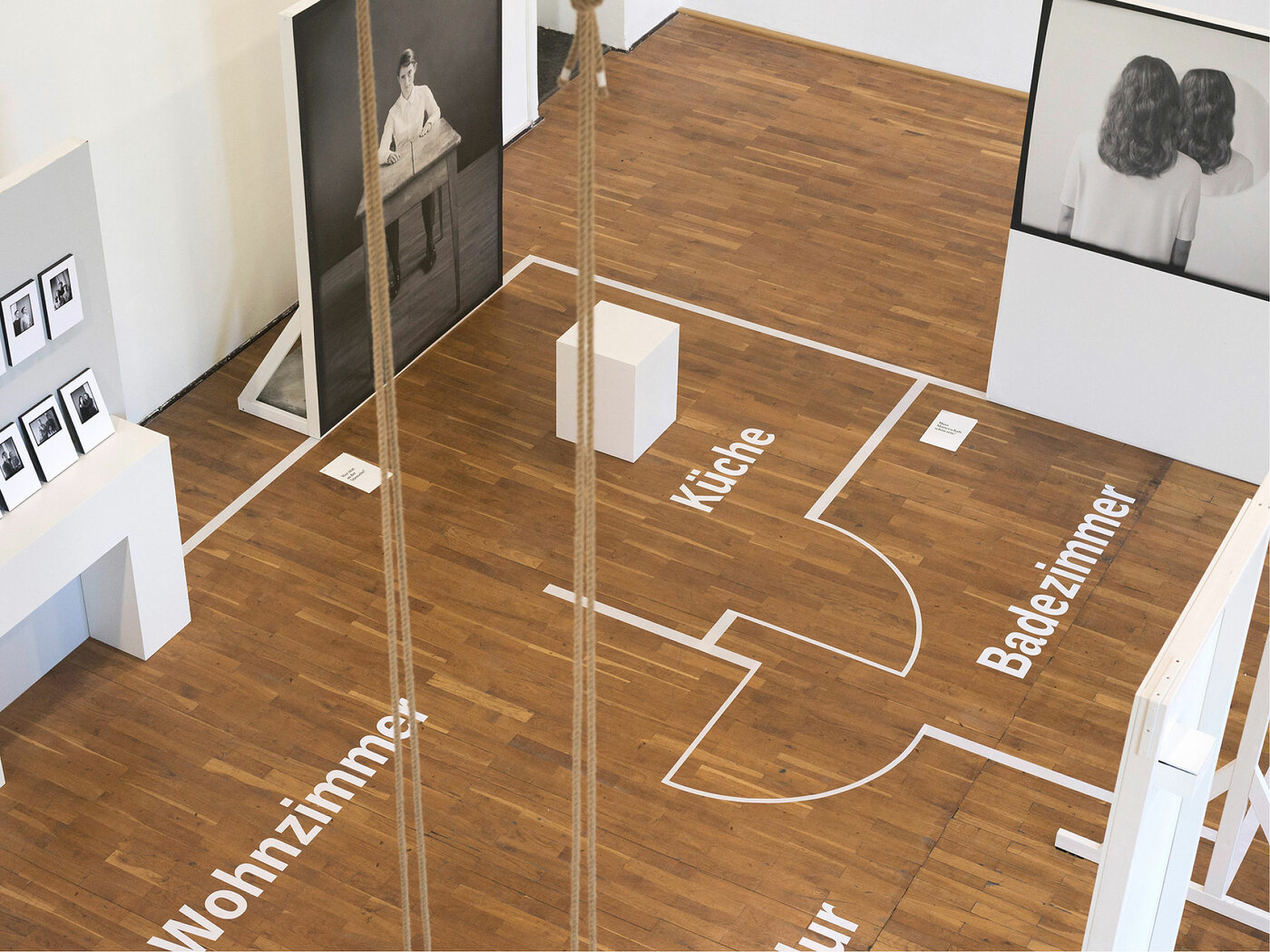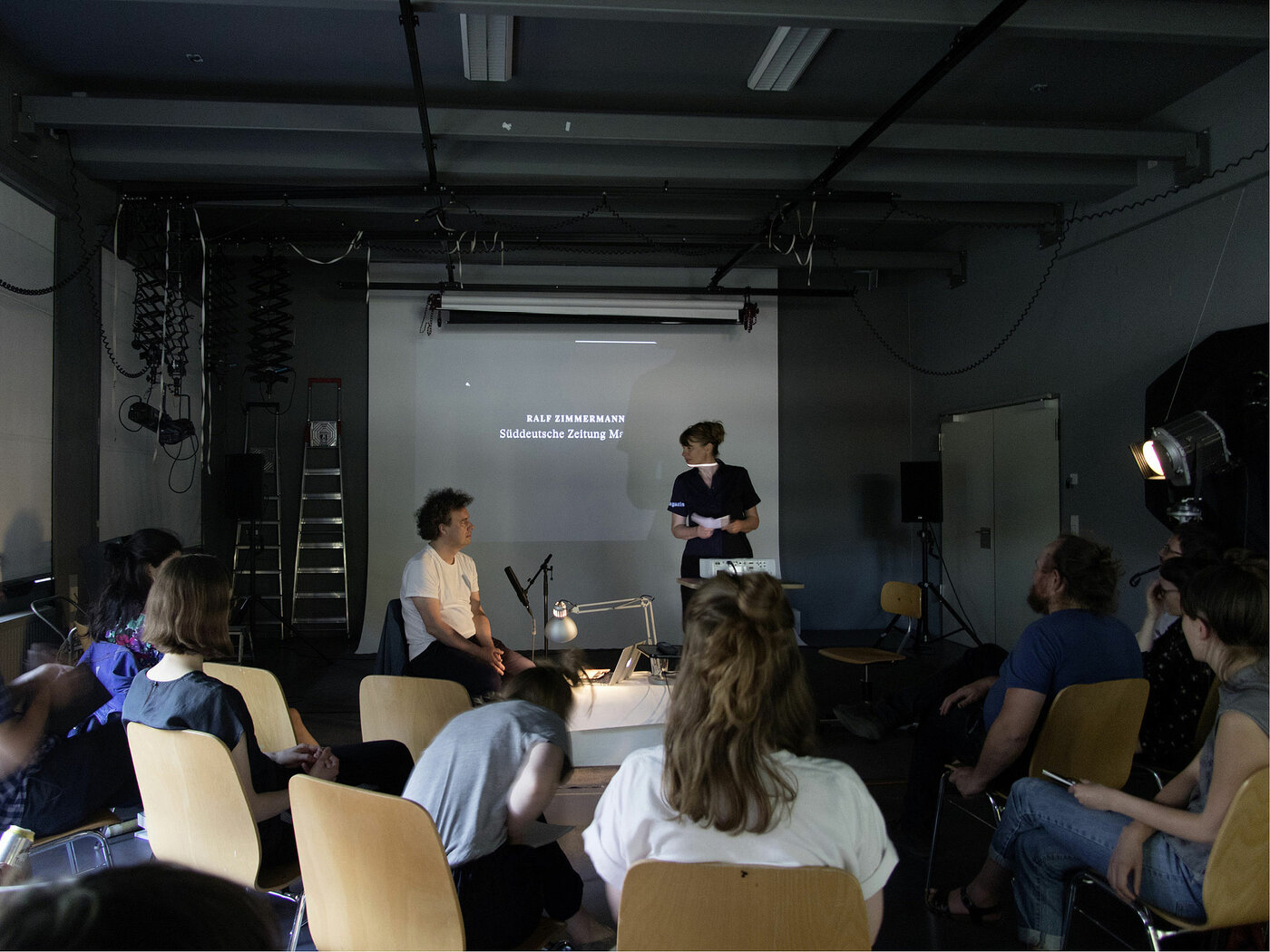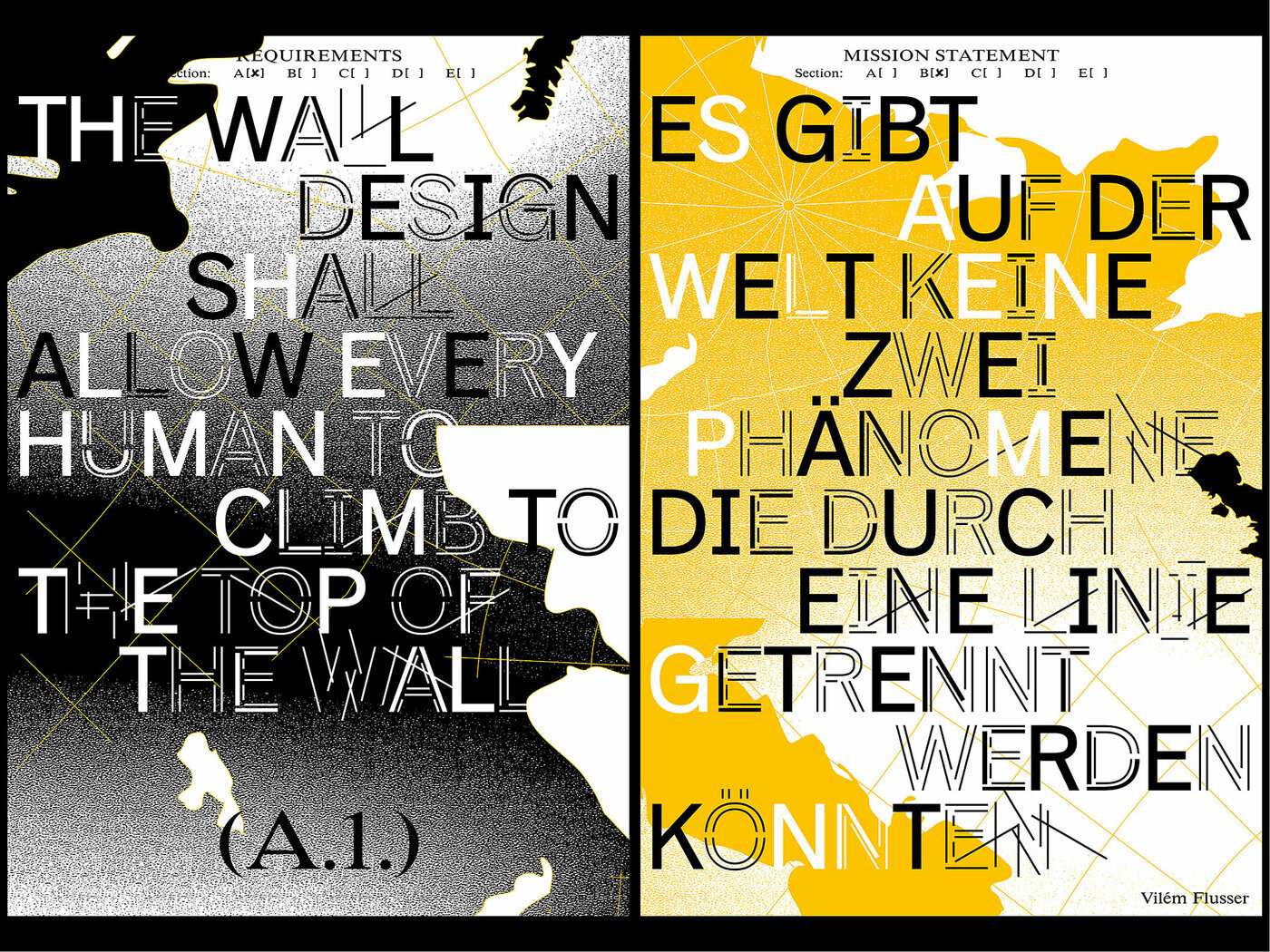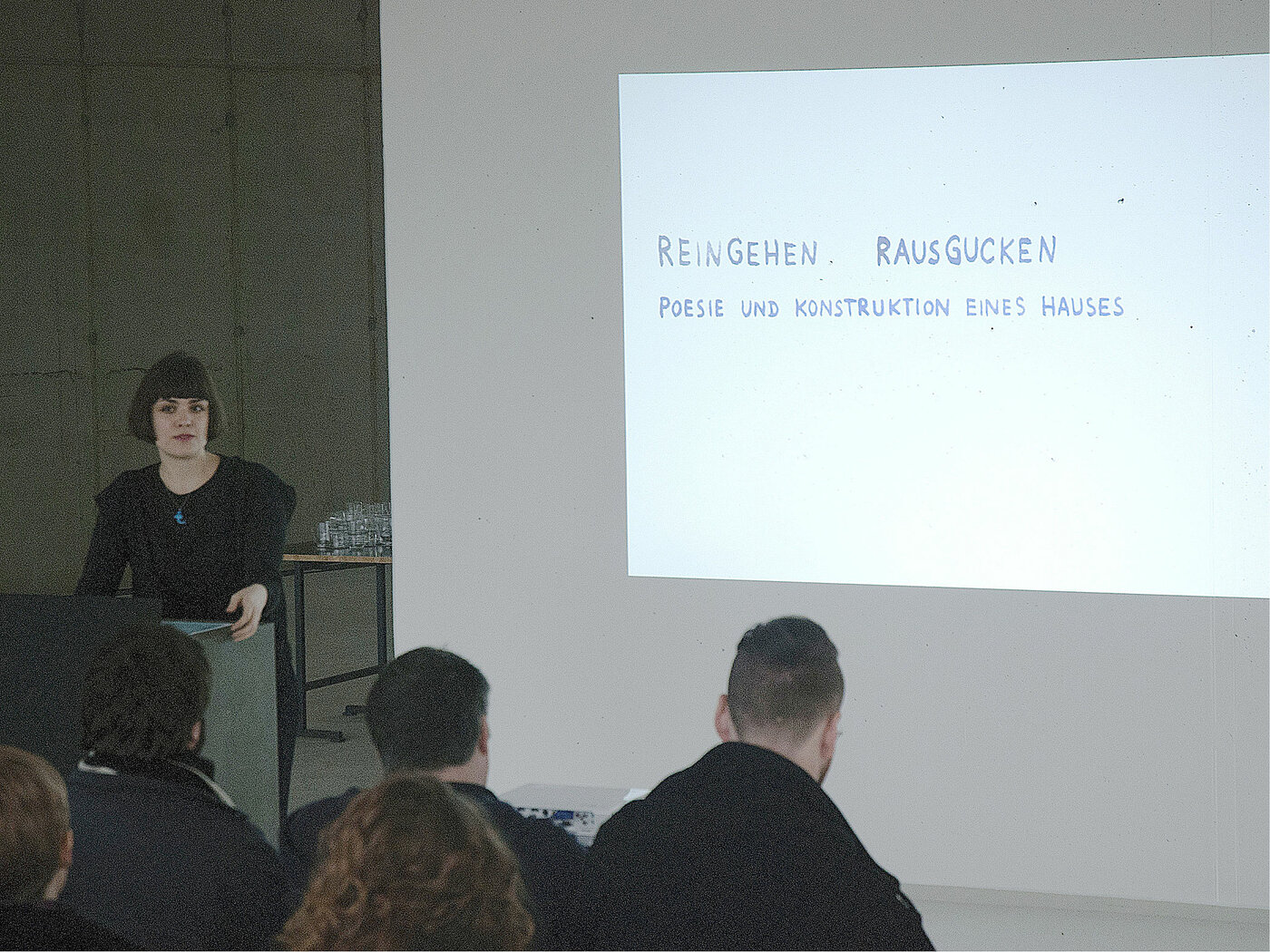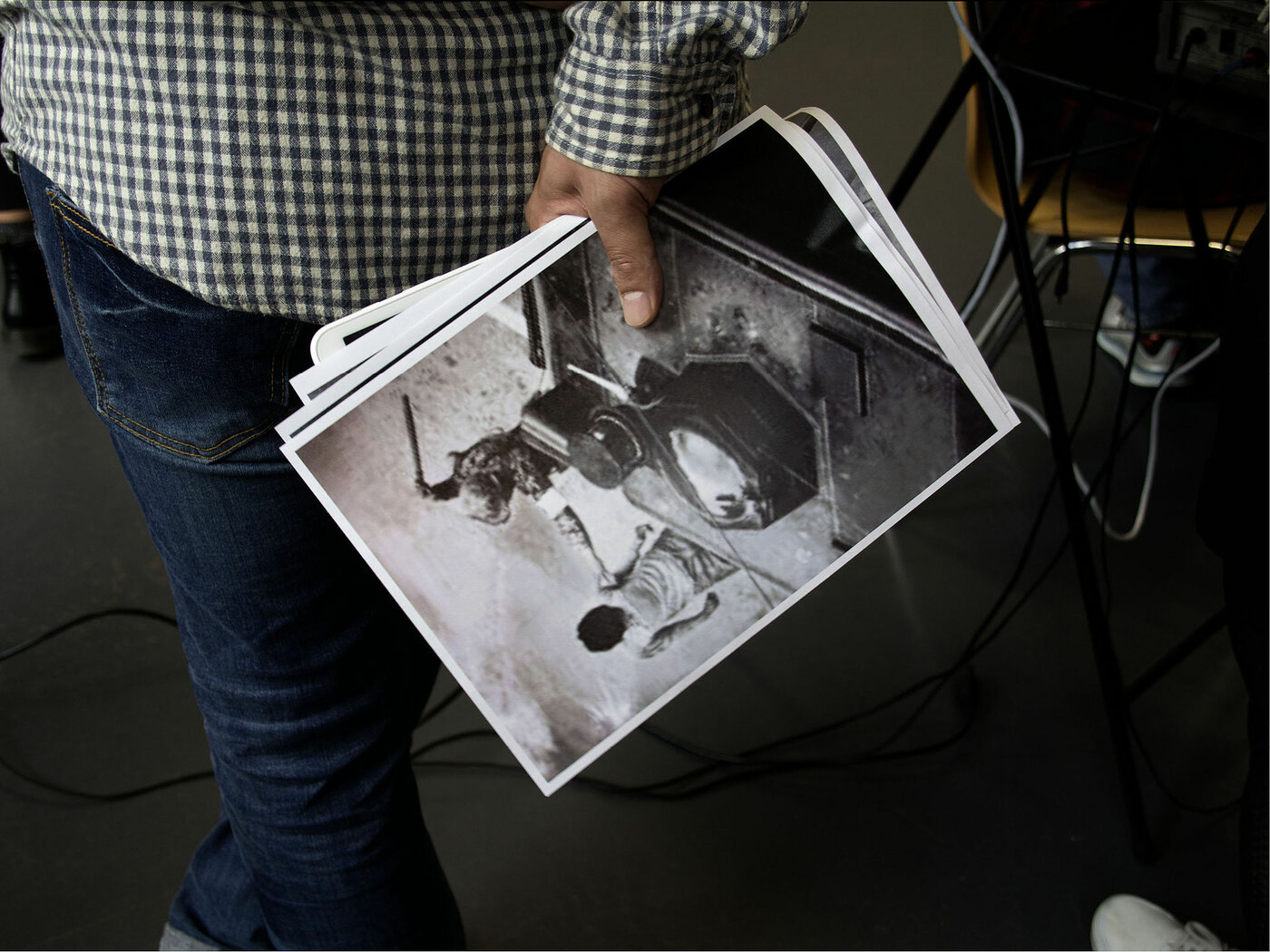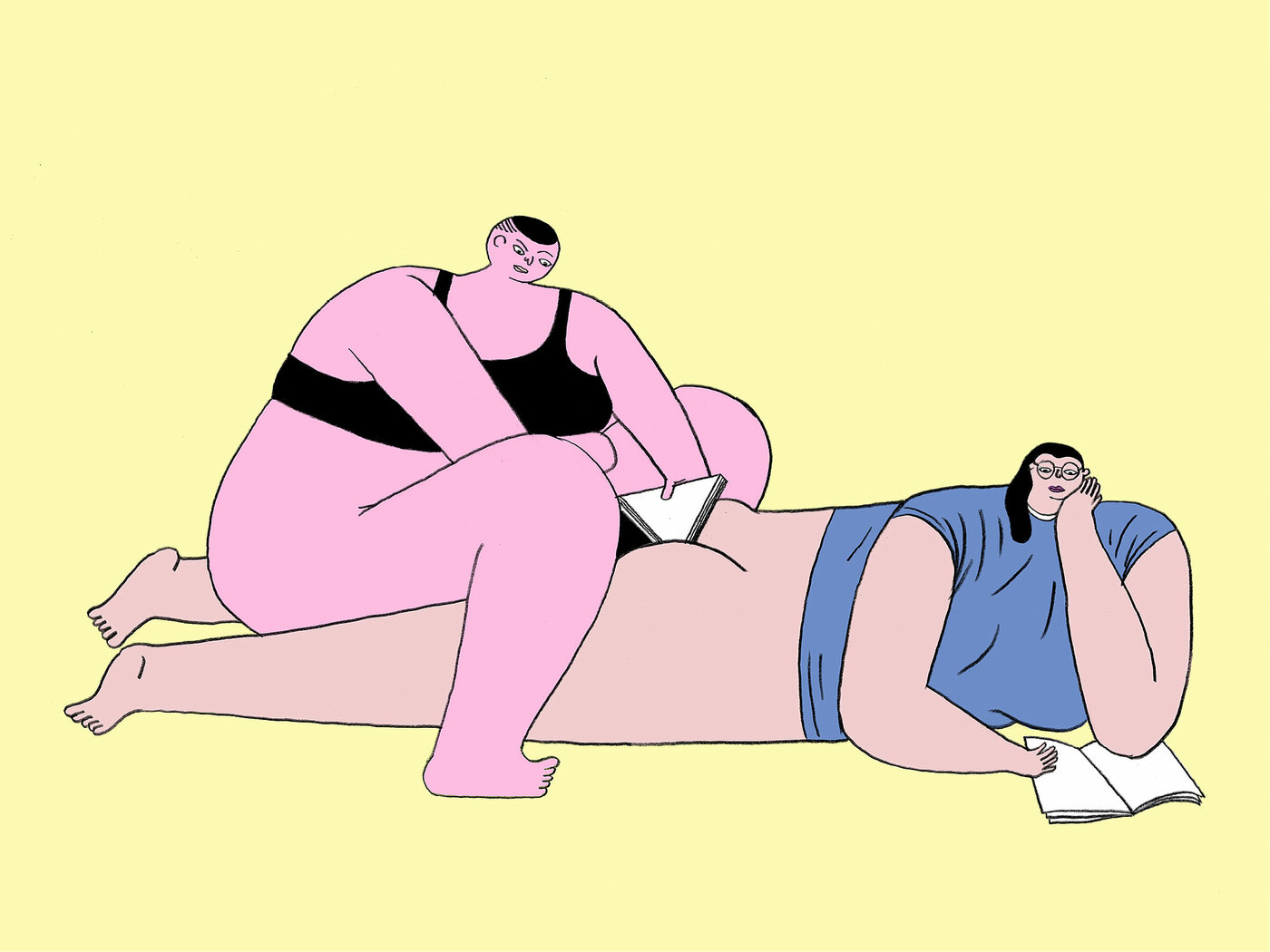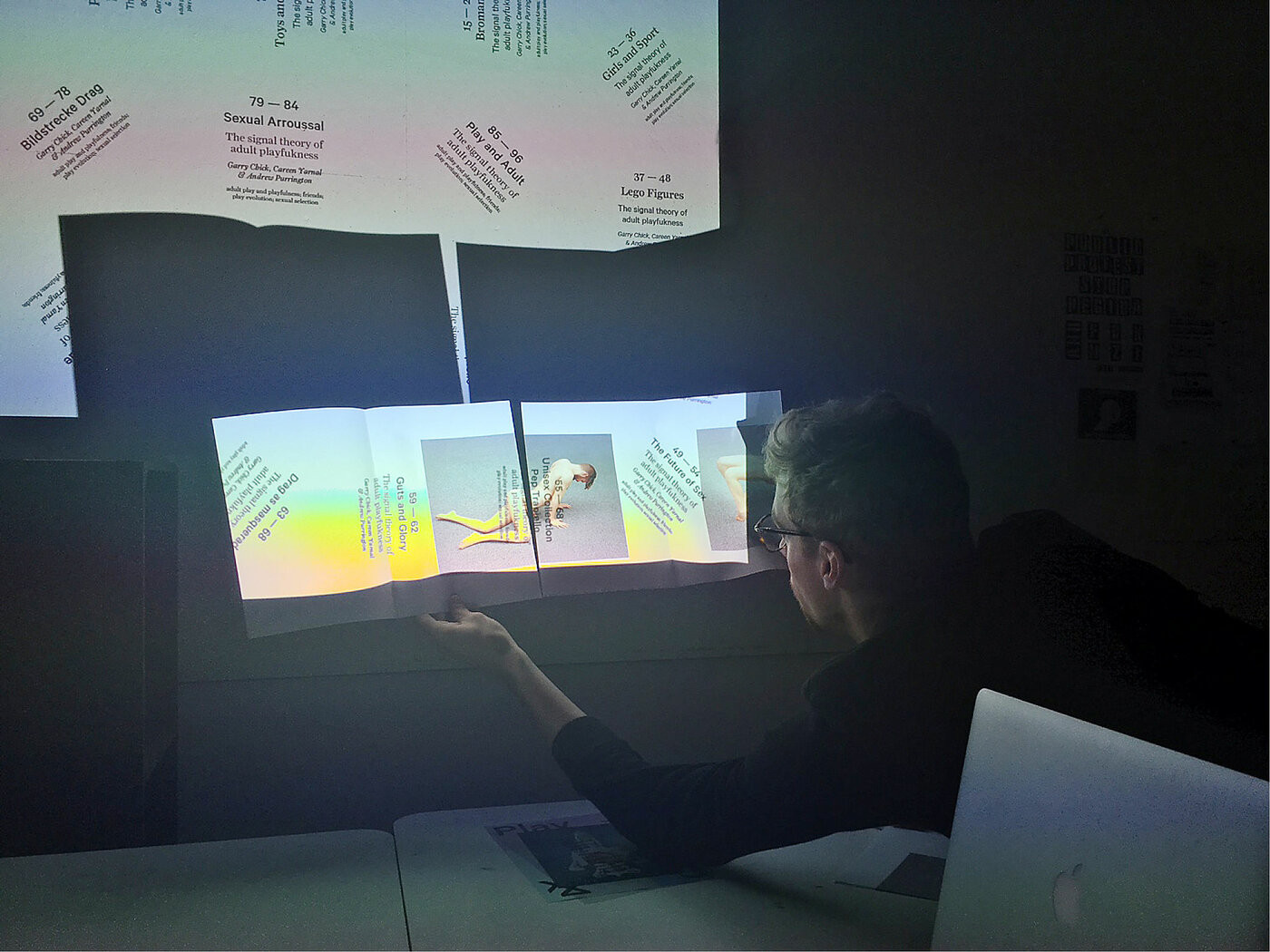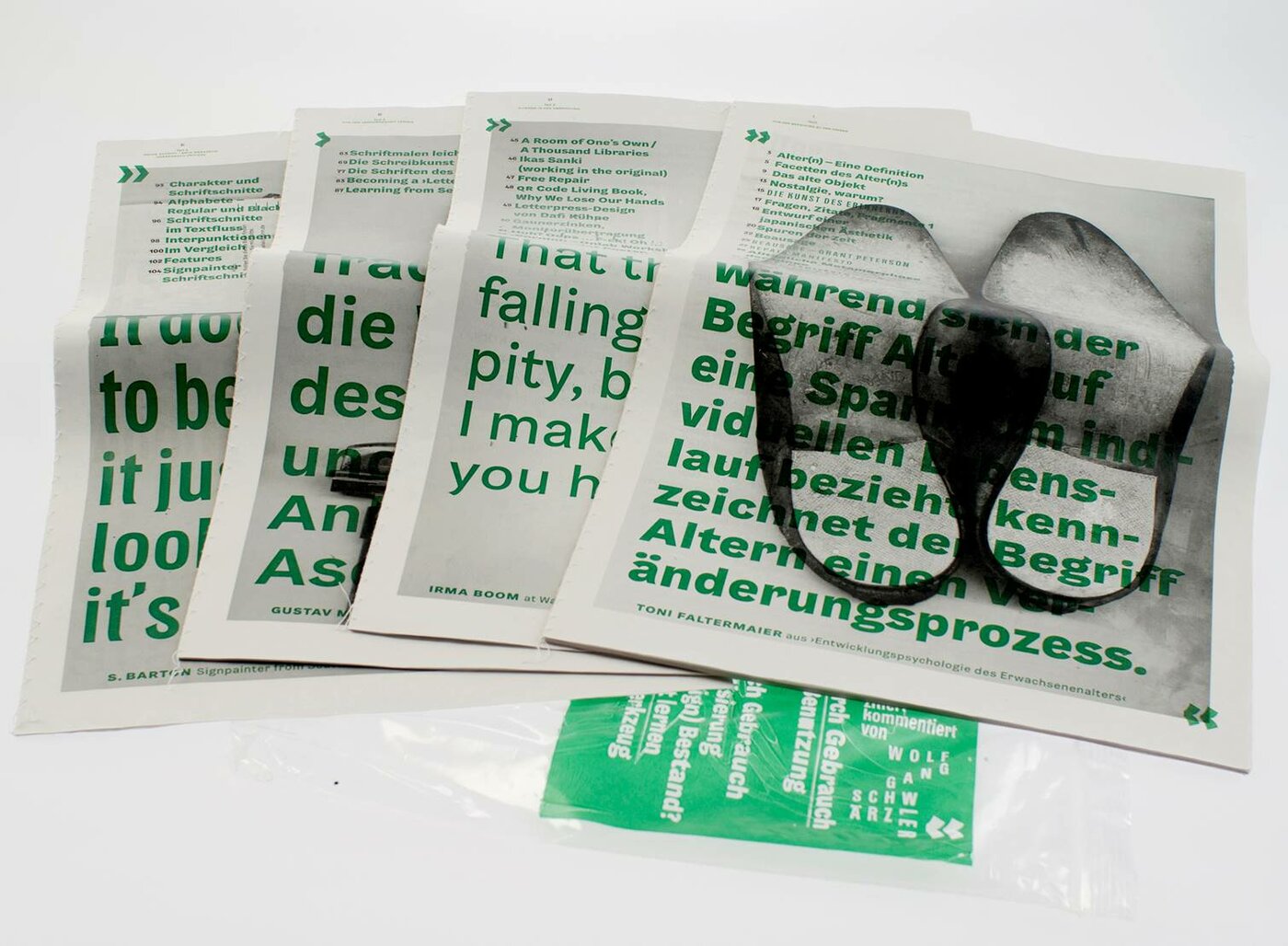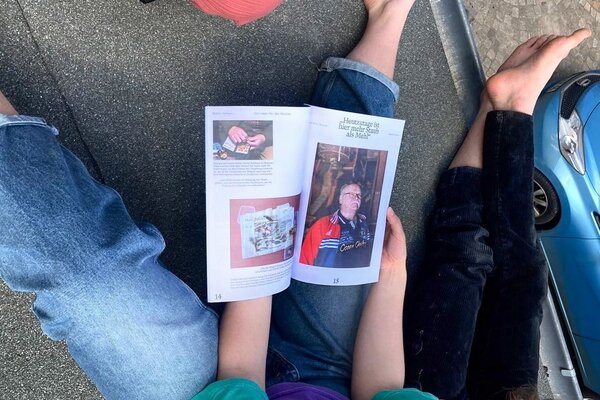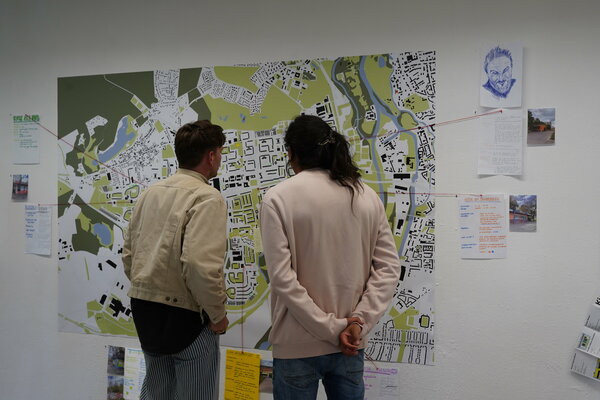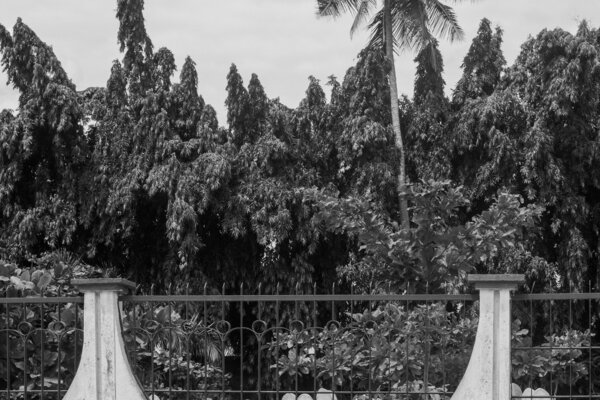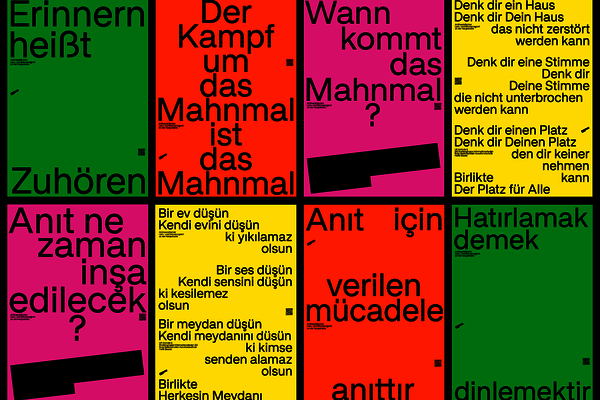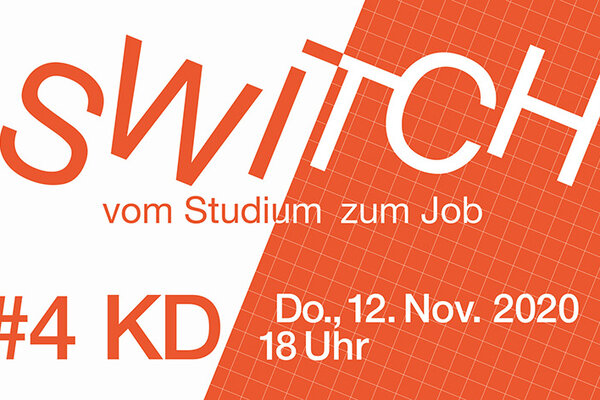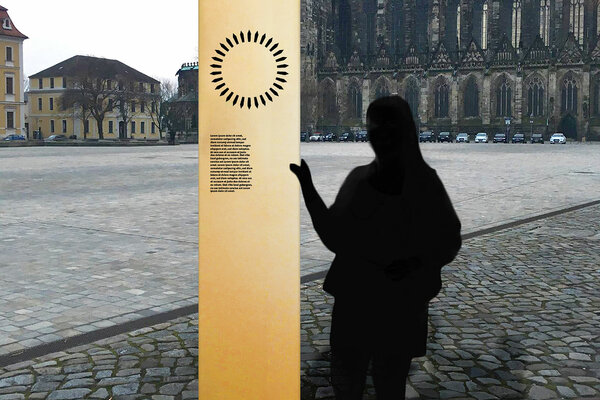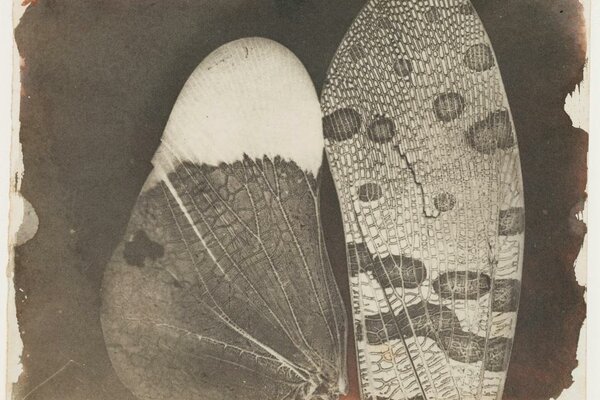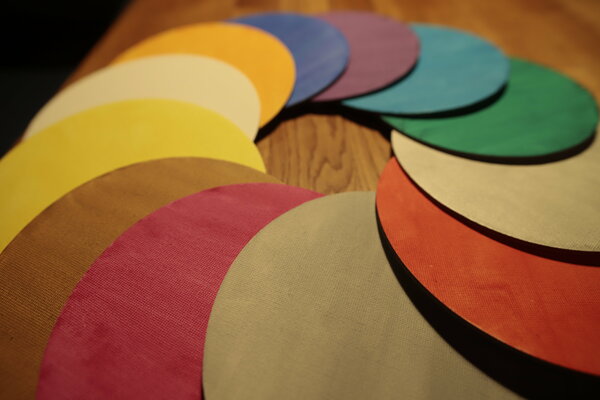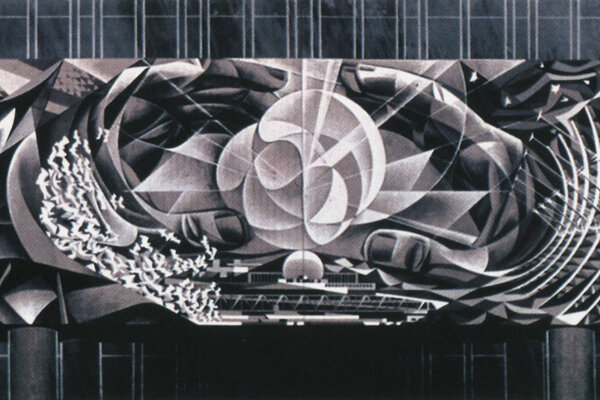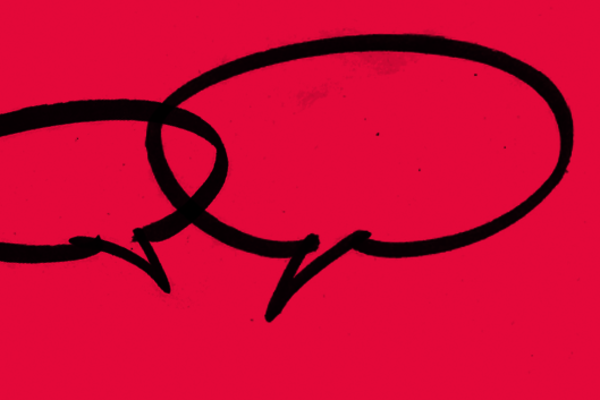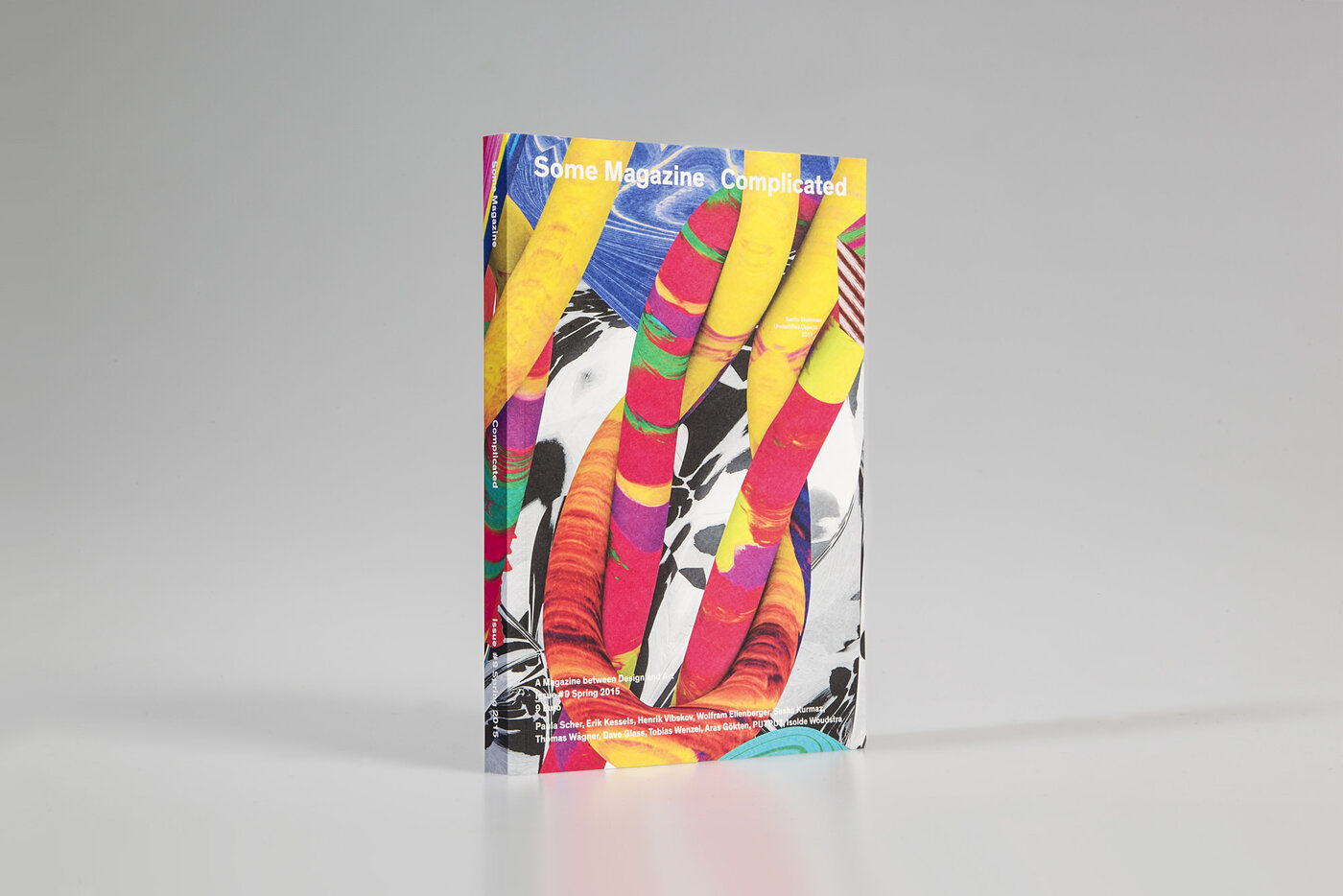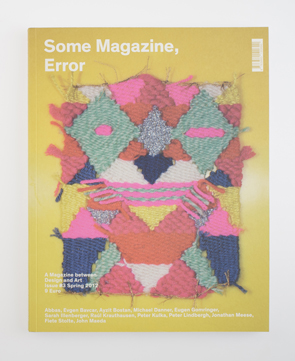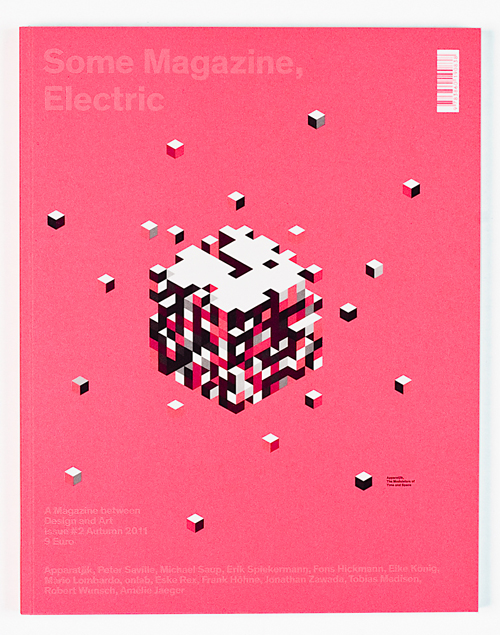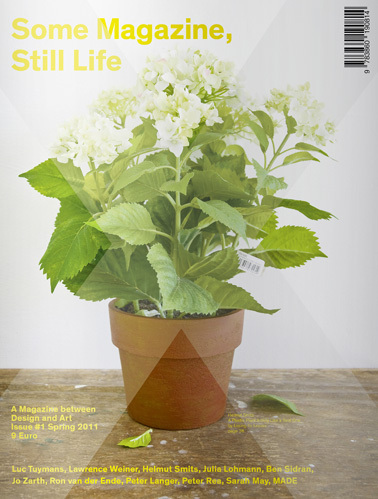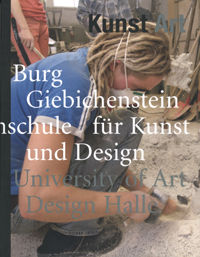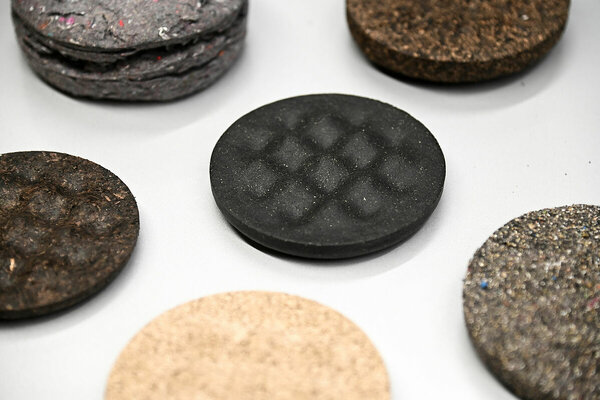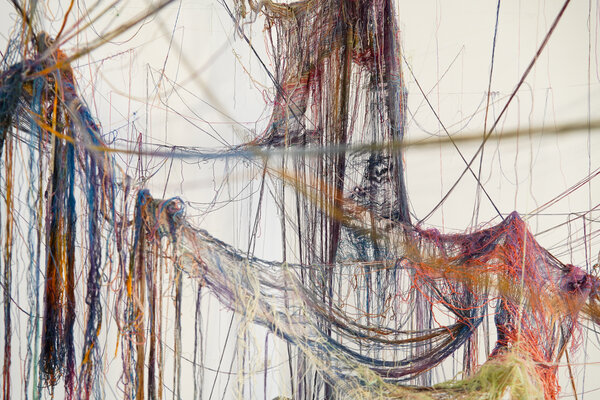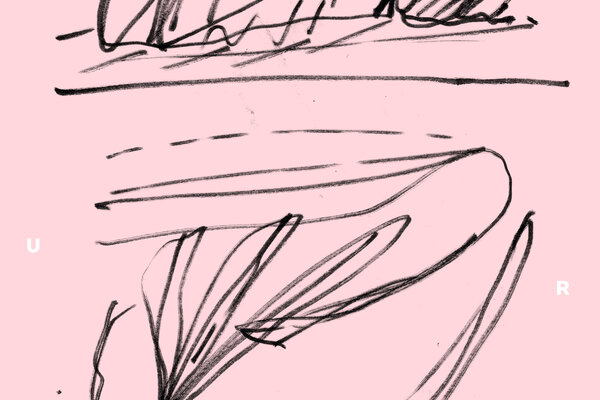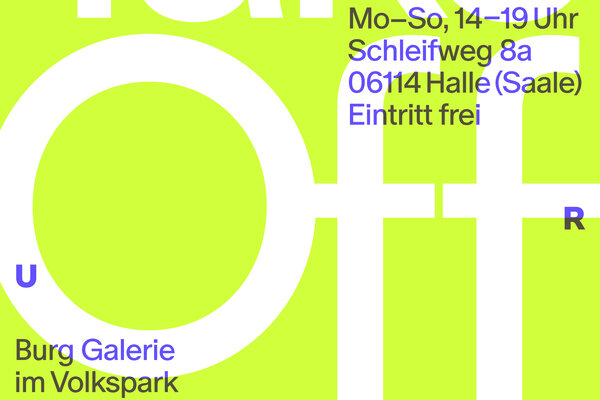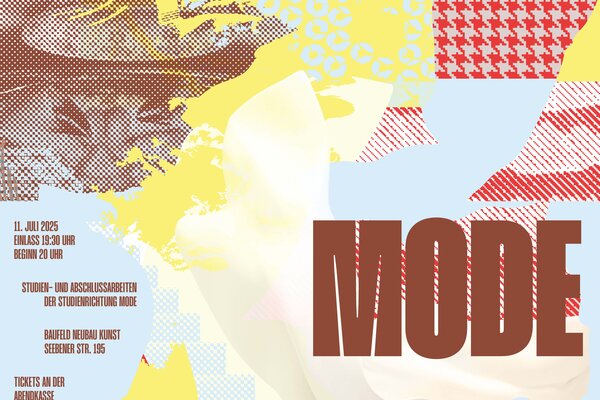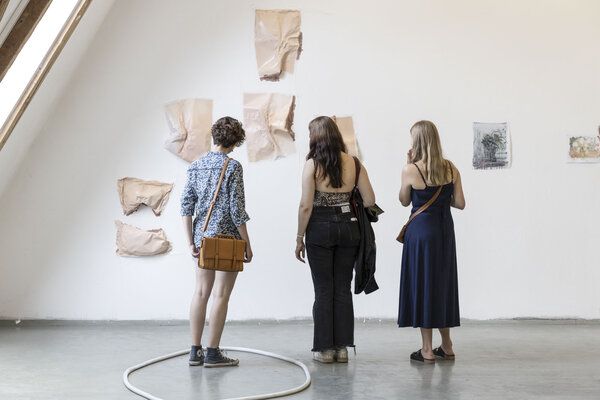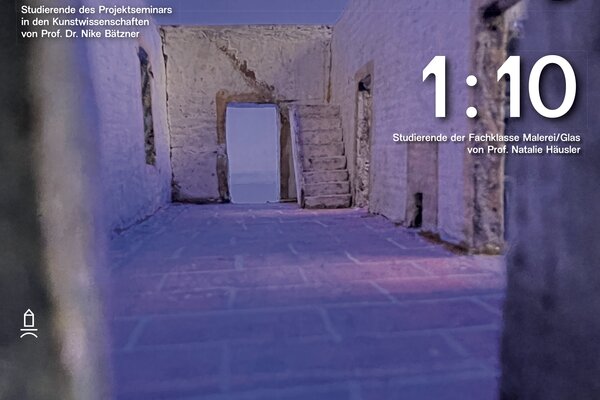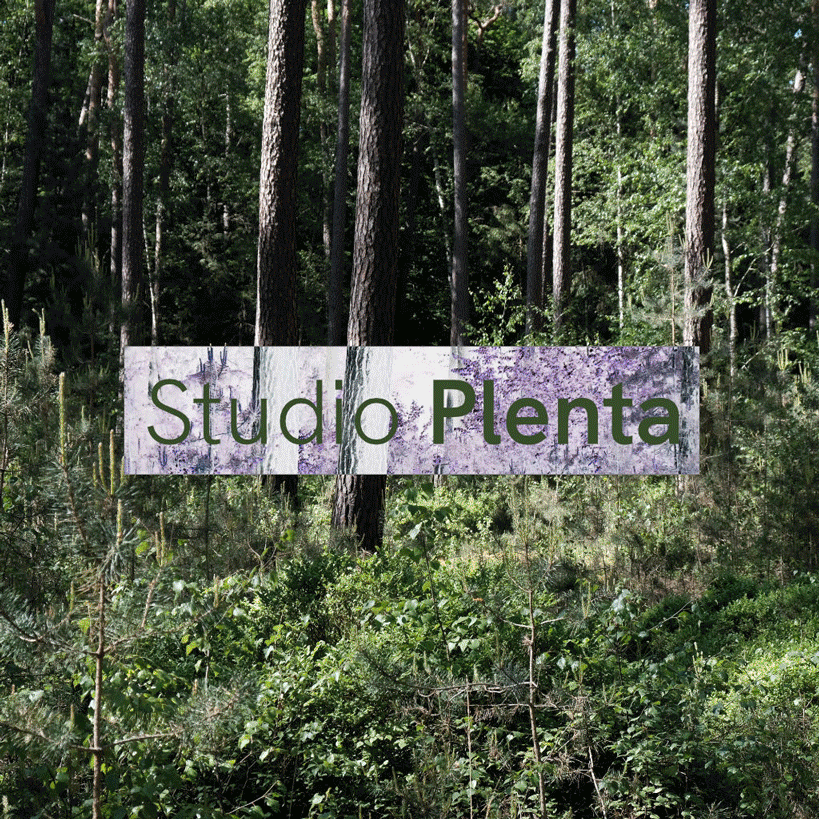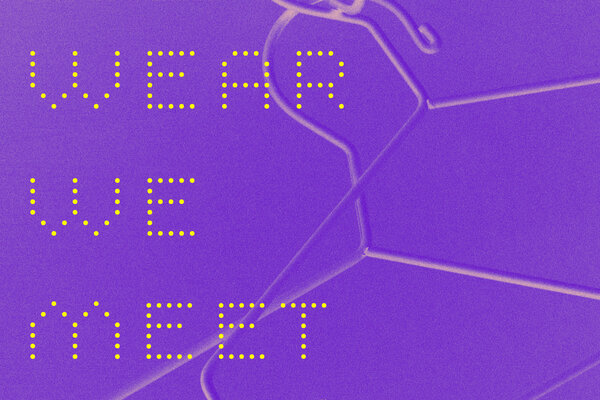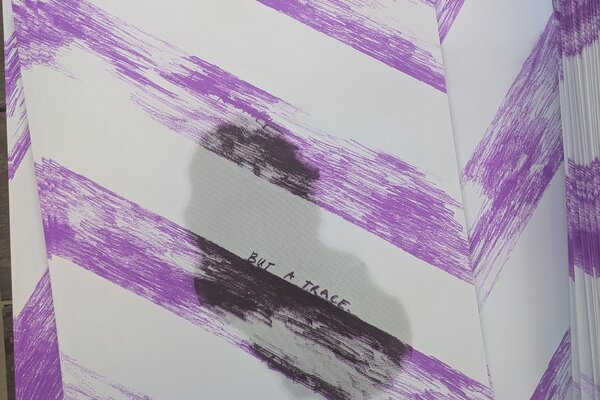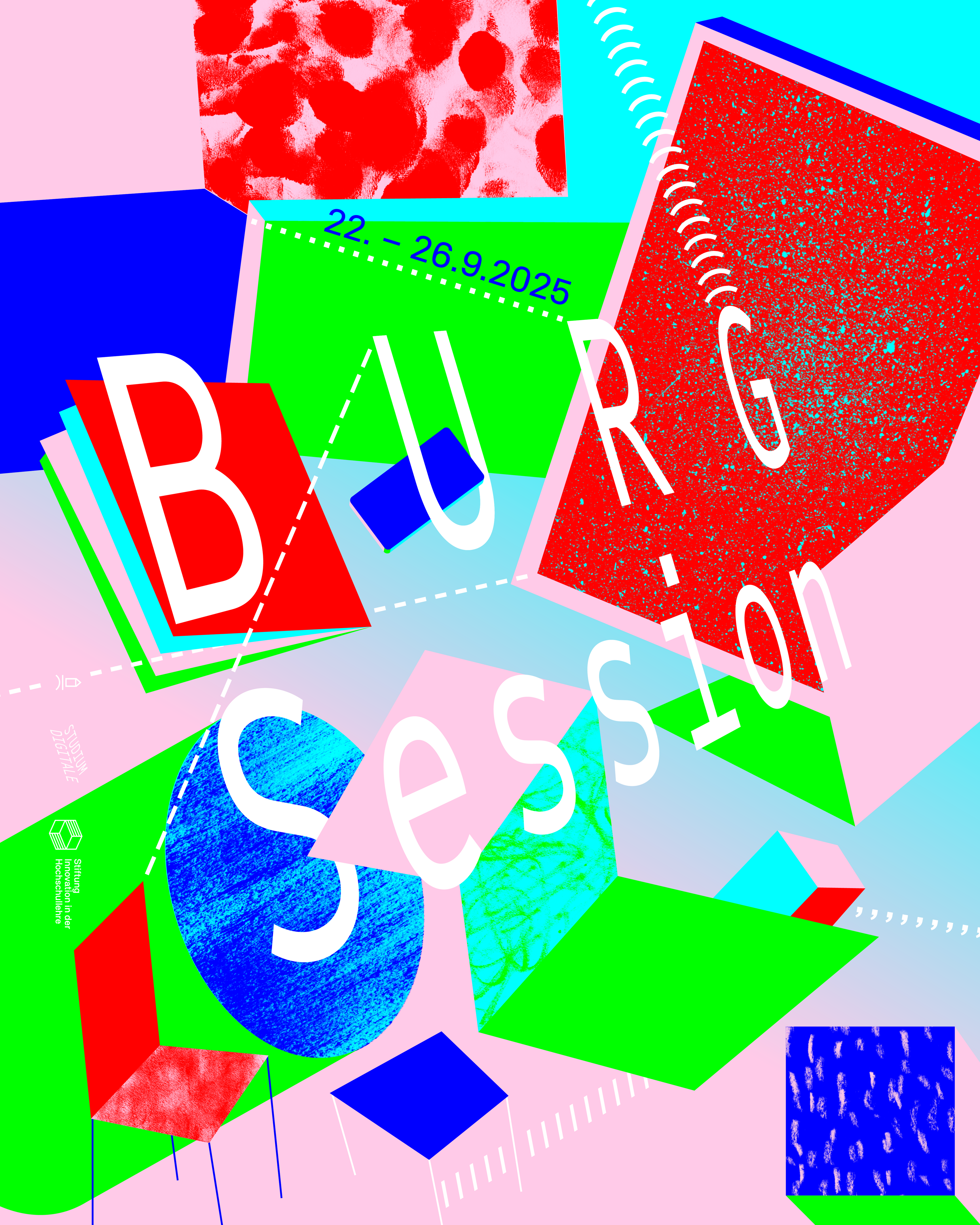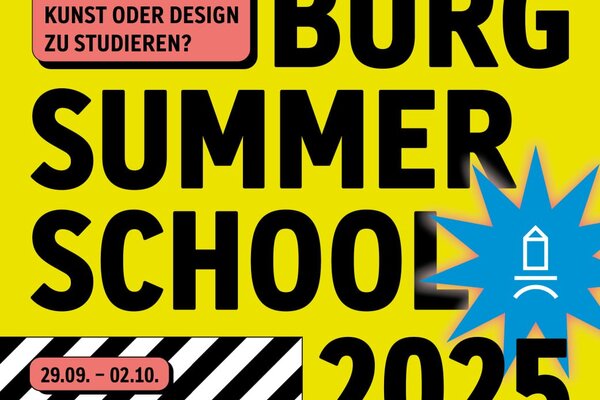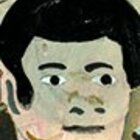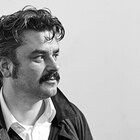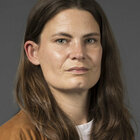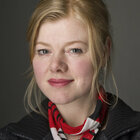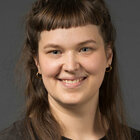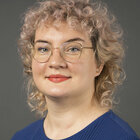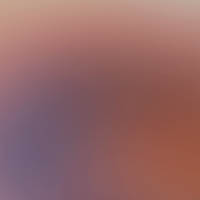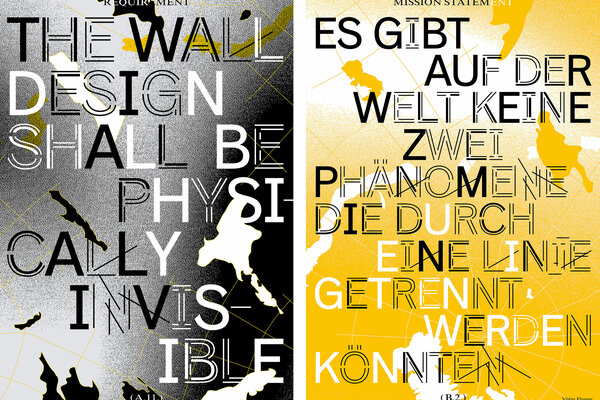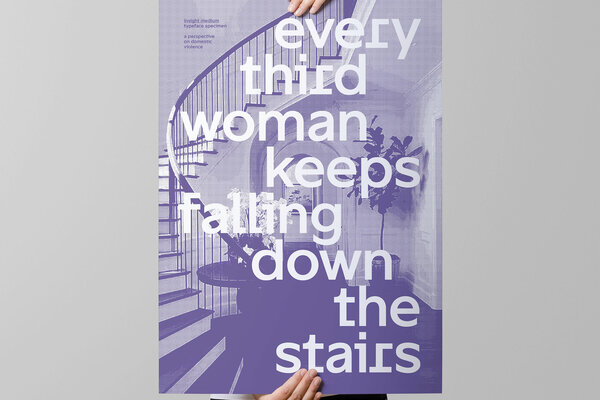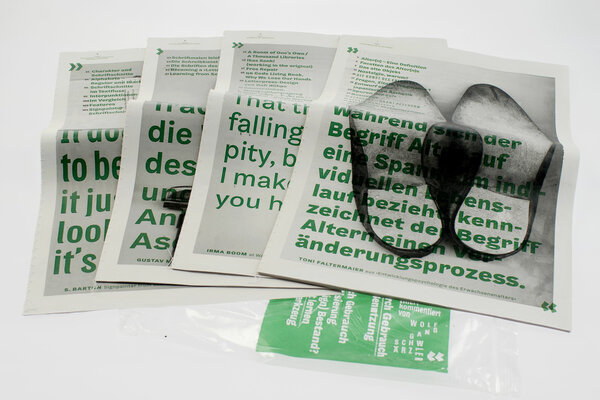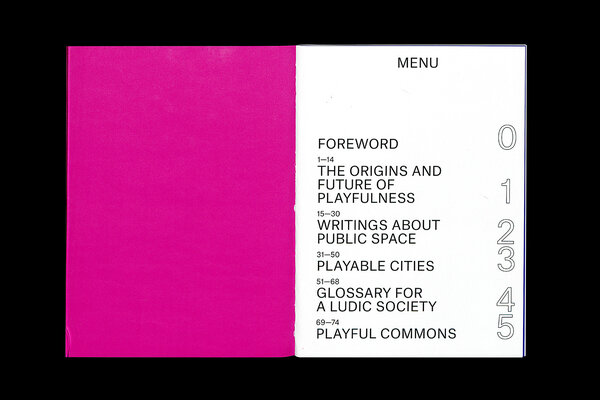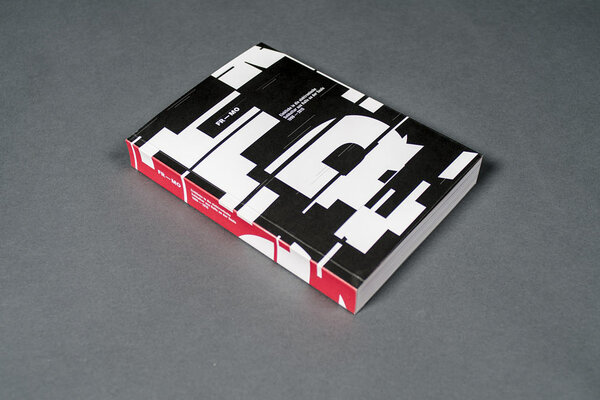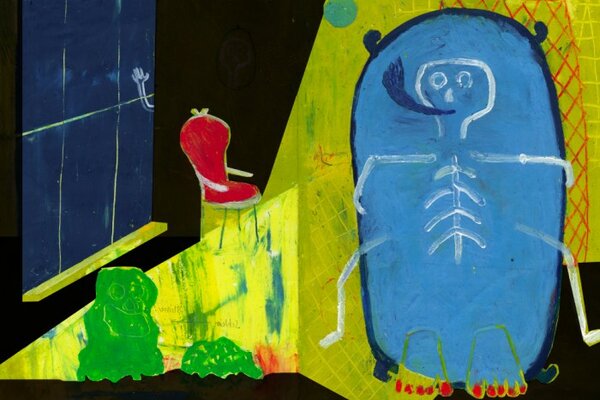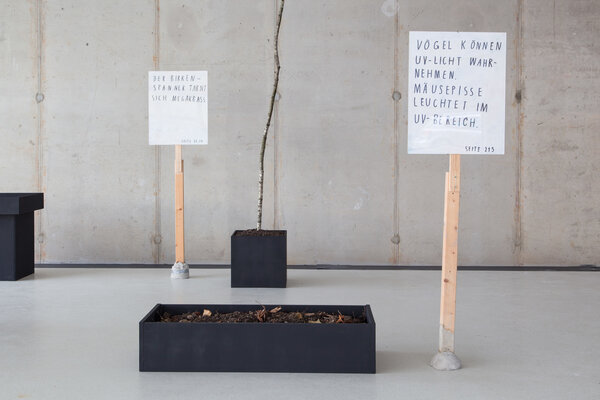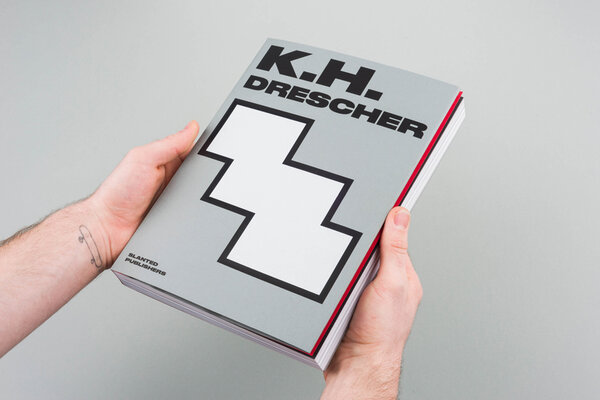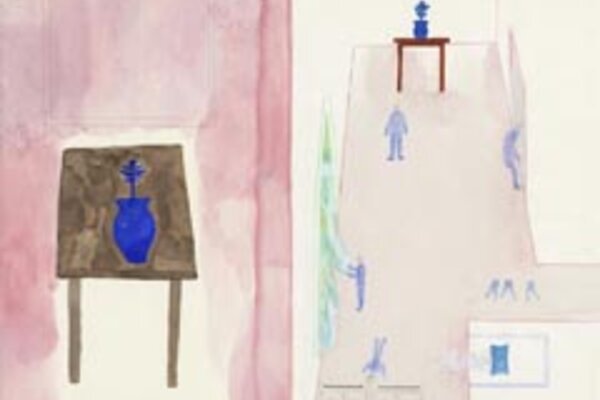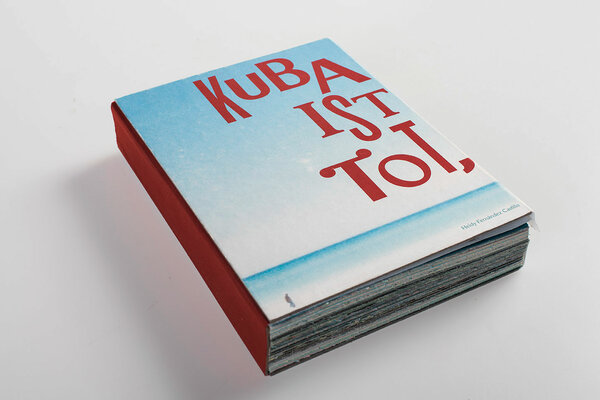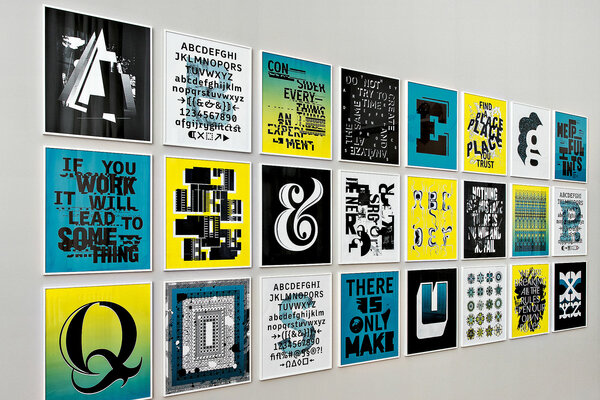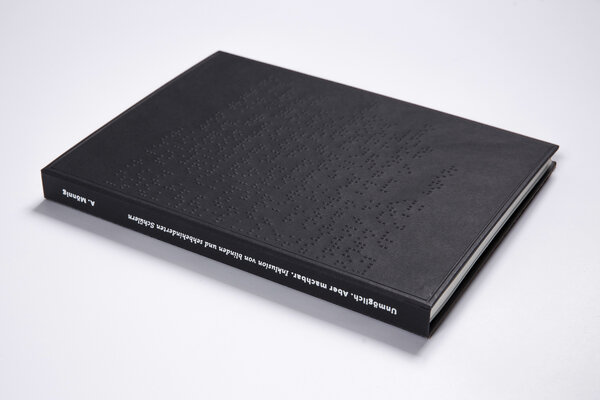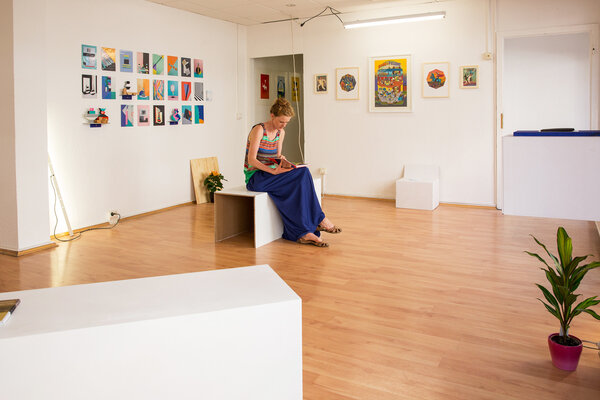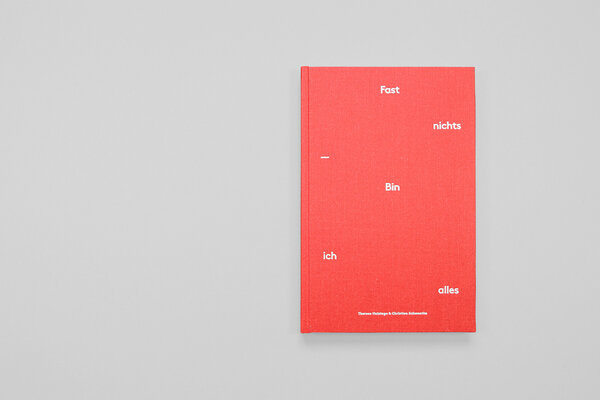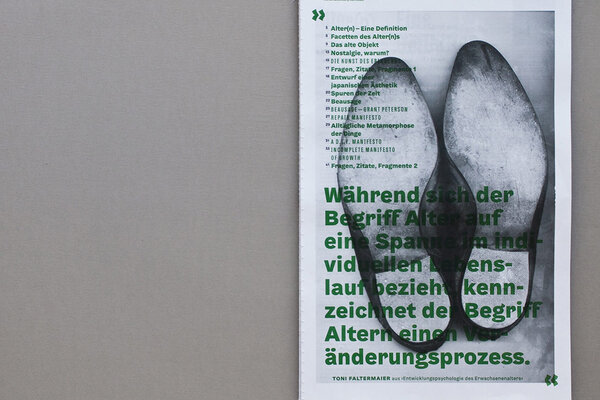Communication design, visual communication and graphic design, media design, integrated design, information design, public design and so on: the inflation of terms and specialisms in the field of modern communication should not obscure the fact that authorship in relation to the conception of complex communication scenarios with independent statements makes communication designers observers of social phenomena and thus requires their own position to be determined.
Teaching content
In this context, the Visual Strategies and Stories Master's study course offers students the opportunity to implement and expand their individual interests and skills by dealing with independently researched topics.
The world of signs, codes and encodings, the staging of images and texts, also in a spatial context, as well as language itself as a means of expression are the subject of research, concept and design. Specialisations in illustration and information design are just as possible as interdisciplinary work with related design courses and cooperation with the Art Faculty.
Standard period of study
The Master's programme is offered as a two-, three- or four-semester course, depending on the type and content as well as the duration and number of ECTS credits achieved in the previous degree programme.
Course of study
The interdisciplinary Design Sciences programme offers Master's students a comprehensive range of seminars and lectures for in-depth studies in areas such as art, design and architectural history, design theory, the psychology of design and philosophy. Social skills training, teamwork, regular colloquia with invited guests from various disciplines and research into design topics with regard to their socio-political and social relevance form the basis of the programme.
Prerequisites
The master’s courses are aimed at graduates with a bachelor’s or a ‘Diplom’ degree with an artistic/design emphasis. However, interested graduates of other disciplines who have relevant qualifications may also be admitted to a master’s course after taking the course-specific entrance test.
Degree
Master of Arts (M.A.)
